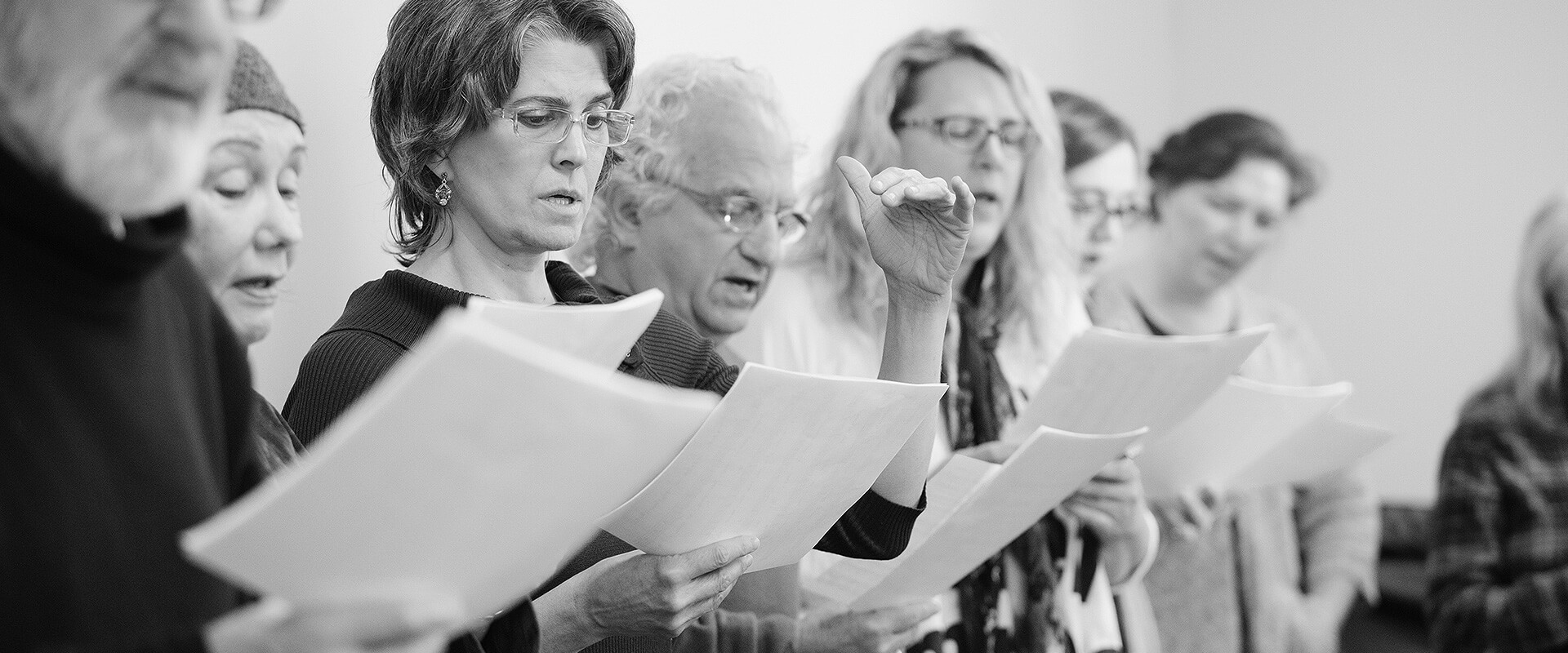Bridges (Changes of Register)
Bridges are simply transitions from one register to another in male and female voices. Some transitions are fixed and others are moveable. Other terms used for this same concept are the less attractive “Break” and the more technical “Passaggio” which literally means “passage” in Italian. For practical purposes men have one bridge which is between their full voice and their “falsetto” voice; it is located in their high range and it is moveable. Women, on the other hand, have two distinct bridges. Their lower bridge, located between their chest register and middle register, is moveable. Their upper bridge, located between their middle and upper register or head voice (never falsetto, please) is fixed. The upper bridge for 99% of women is on either Eb or E, a little more than an octave above their speaking voice. The lower bridge becomes problematic if women carry their chest voice too high into middle register. If women have a “bridge” or “break” around A, Bb or B above middle C (which can extent to C, C# or D in some singers), it’s actually a registration issue rather than a true bridge issue. Carrying chest voice too high, as is epidemic in pop singers of today, creates a false bridge in the upper middle register. Some women end up shouting their top notes, rather than singing, and sadly this is called a “commercial” sound. If women want to go along with the trend of today, they would benefit by learning light Attack (see Attack) and how to anchor properly (see Anchoring) This would alleviate some of the strain in the upper register while allowing them to retain their “commercial” sound.
Bridges is another idea widely misunderstood and overly emphasized on certain websites especially by some advocates of Speech Level Singing (SLS). I’ve read and heard some pretty strange ideas about bridges and how many there are in men and women. I doubt that these misconceptions come from the originator of SLS, as he is a highly accomplished teacher, but many of his former students, trained in the SLS method, are quite confused in this area.
Men have two registers, practically speaking, and therefore one bridge or one register change. Women have three registers and therefore two bridges or two register changes. Negotiating them is never a problem once you’ve accustomed yourself to phonation, resonance alignment and anchoring.
Problems in the bridges can result from many sources:
- too much weight in the phonation
- and/or the larynx not being free to adjust to each note
- and/or a lack of (resonance) alignment
- and/or a lack of anchoring
Negotiating register changes well is a balance of these four elements and is the result of a good technique. The major problem in the bridge area is a lack of slenderness (too much weight) in the phonation. Once you master a slender phonation the bridge areas are no longer a problem area and if a problem arises you know how to fix it.
I would never build a technique based on negotiating the bridges alone – this appears to be the main approach of advocates of SLS. Sliding up and down through your range without noticeable pops or glitches is fine – however, it does not really indicate your level of technique in regards to phonation, alignment, a free larynx and anchoring your voice throughout your registers. I hear many SLS students pushing their voices and producing tones that are not anchored. As long as there is no glitch or pop, they seem to be happy with the result – which to my ear is still not always balanced or free.
For more information or to book a private lesson, please go to the contact page.
 Montreal Voice Coach
Montreal Voice Coach